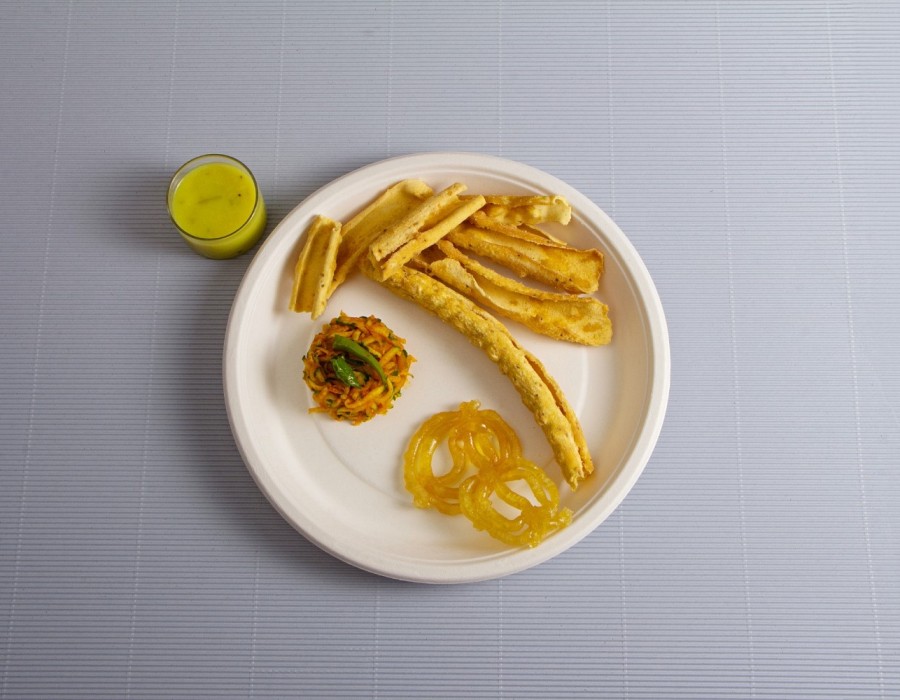Introduction
As the demand for sustainable and eco-friendly products grows, the tableware industry is experiencing a significant shift. One of the most exciting developments is the innovation in sugarcane plate design. These plates, made from the fibrous residue of sugarcane, known as bagasse, are not only environmentally friendly but also increasingly versatile and aesthetically pleasing. The future of tableware is set to be greener, thanks to the creative advancements in sugarcane plate design that cater to both functionality and style.
Aesthetic Enhancements: Beyond the Basic Plate
Traditionally, eco-friendly plates have been associated with a plain, utilitarian look. However, designers are now pushing the boundaries to create sugarcane plates that are not only functional but also visually appealing. Advances in manufacturing technology allow for intricate designs, textures, and even color variations, making sugarcane plates suitable for various settings—from casual home dining to elegant events. By incorporating stylish elements, these plates can cater to consumers who prioritize both sustainability and aesthetics, proving that eco-friendly products don’t have to compromise on appearance.
Improved Durability and Heat Resistance
One of the key areas of innovation in sugarcane plate design is enhancing durability and heat resistance. Early versions of sugarcane plates were primarily designed for single use and struggled with holding hot foods without deforming. However, recent advancements have led to the development of stronger, more resilient plates that can withstand high temperatures and repeated use. This makes them ideal for a variety of applications, including microwave and oven use, broadening their appeal to both consumers and food service industries. These improvements ensure that sugarcane plates can compete with traditional tableware on both performance and sustainability.
Customization and Branding Opportunities
Another exciting trend in sugarcane plate design is the ability to customize plates with branding, logos, or personalized messages. This is particularly beneficial for businesses looking to promote their brand while also demonstrating their commitment to sustainability. Using innovative printing techniques, manufacturers can create customized sugarcane plates that meet specific branding needs, from restaurants and catering services to corporate events and weddings. This level of customization not only enhances brand visibility but also aligns with the growing consumer demand for personalized and eco-friendly products.
Multifunctional Designs: More Than Just Plates
The future of sugarcane plate design also includes multifunctional products that go beyond the traditional plate. Designers are exploring ways to create versatile tableware that can serve multiple purposes, such as plates that can double as lids, bowls that can be stacked and stored efficiently, or compartments for different food types. These multifunctional designs cater to the needs of modern consumers who value convenience and sustainability. By creating versatile tableware, manufacturers can reduce the need for multiple types of disposable products, further minimizing environmental impact.
Conclusion: A Green Future for Tableware
The innovations in sugarcane plate design reflect a broader shift towards sustainability and creativity in the tableware industry. By focusing on aesthetic enhancements, durability, customization, and multifunctionality, sugarcane plates are setting a new standard for eco-friendly tableware. As technology and consumer preferences continue to evolve, we can expect even more innovative solutions that prioritize both the environment and user experience. The future of tableware is undoubtedly green, and sugarcane plates are at the forefront of this exciting transformation. Through continued innovation, they have the potential to revolutionize the way we think about disposable and reusable tableware, paving the way for a more sustainable and stylish dining experience.





Comments